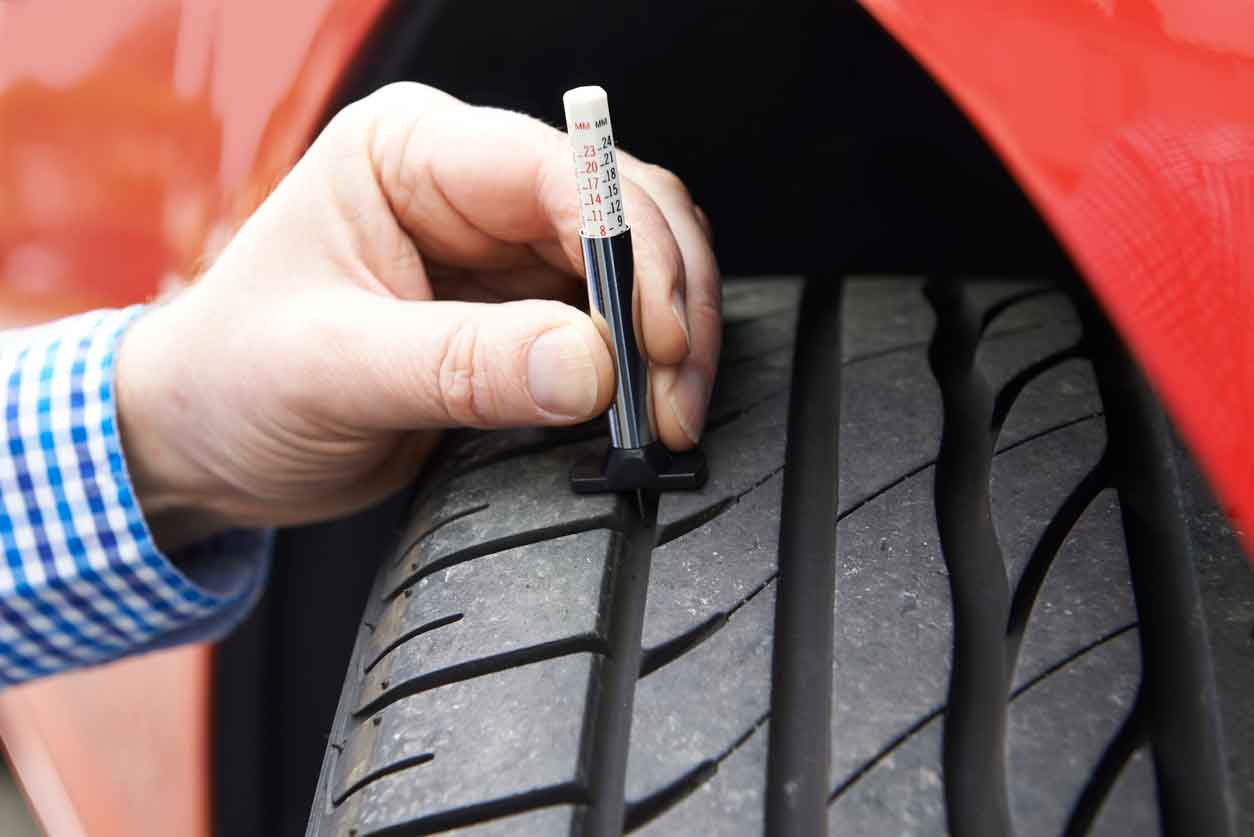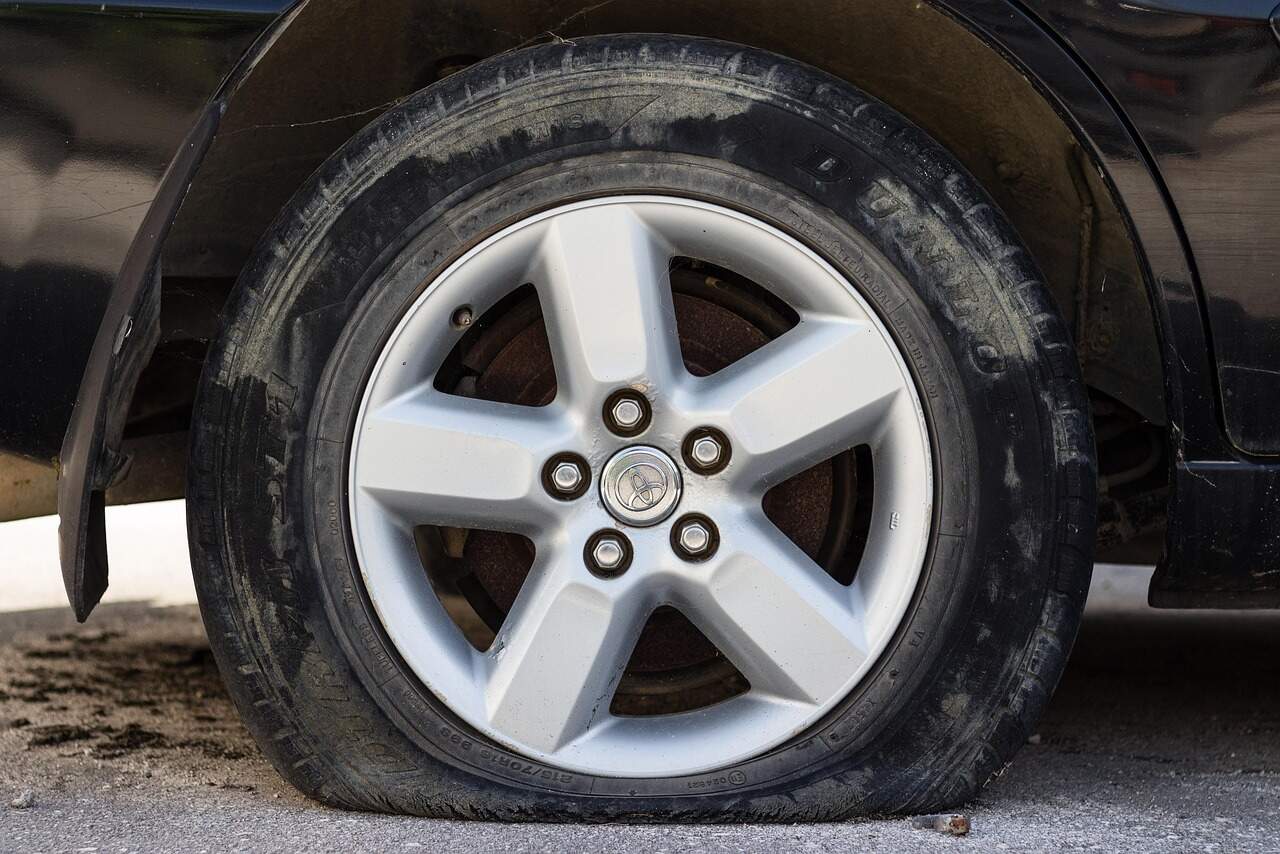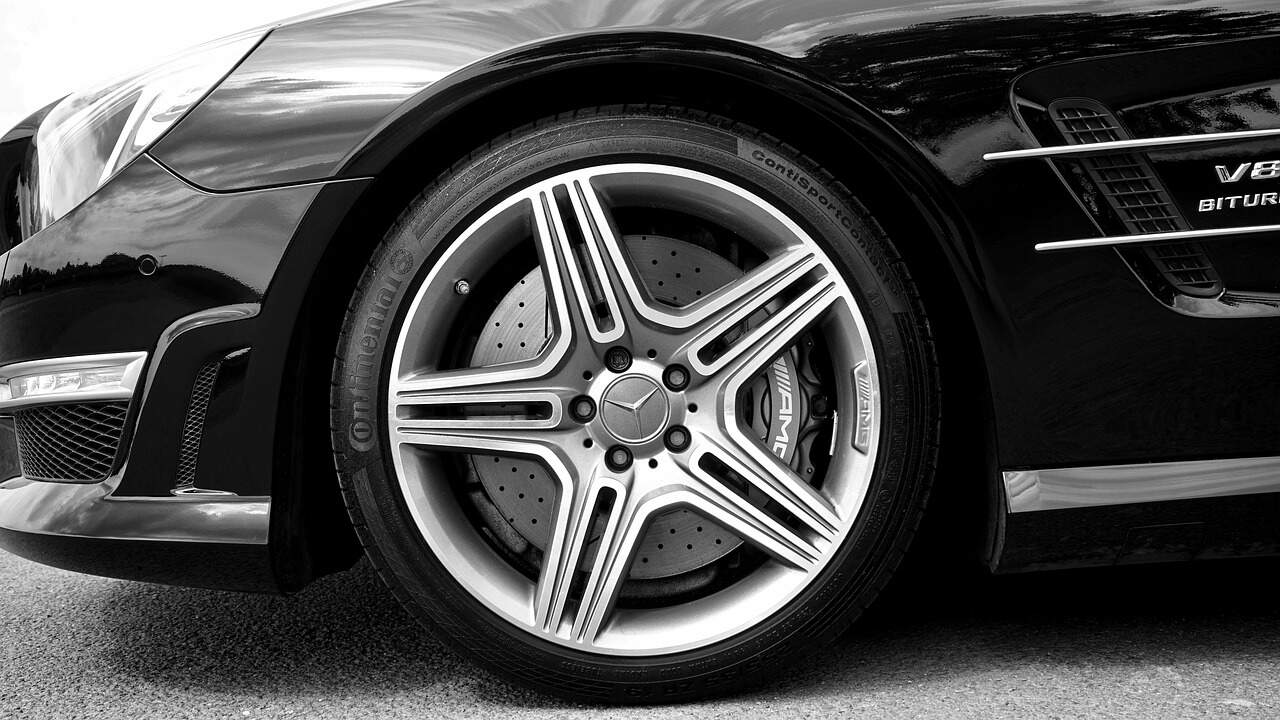Now is a good time to check your tyre’s tread condition for when you’re driving in wet weather.
Across many parts of Australia, we are heading into a wet summer season. On top of that, a possible El nina is forming in the Pacific Ocean meaning lots of rain! Many motorists often experience wet and slippery driving conditions but these weather events mean we’ll experience even more rain.
So when it comes to on-road safety, how can you ensure that your tyres are suitable for the wet slippery roads ahead?

Do you have enough tread depth left on your tyres?
Worn or damaged tyres pose a possible risk to you and other motorists sharing the same road. It's a good idea to check your tyre’s tread depth regularly, or have them inspected by a professional during your next service. Good tread depth will assist in safe braking and effective water dispersion. In Australia, there is a legal requirement that all tyres must have a minimum of 1.5mm of tread remaining and most tyres on the market have wear indicators, which we’ll explain below.
Do you know how much tread depth there is remaining on your tyres? If not, finding out is a relatively straightforward task which you can do in a few different ways:
- Tread Wear Indicator: Most tyres produced today come equipped with wear indicators. These indicators are visible in the tyres tread and act as a guide, telling you it's time for new tyres. Each state may have different regulations and so these wear bars are a safe way of knowing you have a legal amount of tread left on your tyres.
- Tread Depth Gauge: You can purchase a tyre tread depth gauge from your local car parts store. To read the depth of your tyres as shown in the image above, simply place the gauge into the tread of the tyre, being sure to measure the tread of each tyre three times (the inner and outer sides, and the middle of the tyre).
- Using a 20c Coin: A simple way to check the depth of your tyre’s tread without any special measuring equipment is ton use the 20c coin method, though it is not always accurate. To check your tyres this way, simply place the coin into the tread of the tyre and if the tread doesn’t reach the bill of the platypus, this indicates that there is less than 3mm of tread.
Are you running the correct tyre pressure?
When your tyres are over or under inflated, it can greatly reduce the traction of your tyres. When you are running the correct tyre pressures as per say on your vehicle placard, you’ll prolong the life of your tyres, increase performance, decrease fuel costs and enhance safety.
Make a habit of checking your tyre pressures once a month. Your vehicle’s manufacturer will recommend tyre pressures which can be found in your owner’s manual or on the vehicle placard located inside the door jamb (usually driver’s side).
It’s important when measuring your pressures that the tyres are cold. This will provide you with an accurate reading. Tyres are considered cold when the vehicle has been parked for a minimum of 3 hours.
If you have to travel to a service station or service centre to check your tyre pressure, tyres are also considered cold if the vehicle has travelled at a moderate speed for less than 1.5km. Take into consideration that service station pressure gauges are usually misused and can provide inaccurate readings.
The best way to keep on top of your pressures is through the use of a quality tyre pressure gauge. It’s a simple way to get an accurate reading but will not inflate your tyres at all. This will have to be done with the use of an air compressor. Small portable compressors are relatively cheap but your local Tyrepower store can check and inflate your pressures in no time. Remember to re-check the pressure of each tyre once you have adjusted them to ensure that you have achieved the correct pressure.
Are your tyres getting old?
Old tyres present a wide range of issues and not just insufficient tread depth. Tyres that are older than 5 years require regular inspections by a trusted professional annually. If your tyres are more than 10 years old, this is considered too old and unsafe to be driving on public roads.
Every tyre has a build date. So, to find out how old your tyres are you will need to locate the build date number on the sidewall of the tyre. This four digit number typically appears after the symbol DOT, and it’s the last four digits of the build date which reads the week and year of production. For example, 2319 would mean that the tyre was made in the 23rd week of the year 2019. Always check the build date number on all tyres, including the spare tyre.
Are you looking to buy new tyres?
If your tyres are worn, getting old or in really bad shape, it’s time to buy new ones. With over 300 stores around Australia, we supply and fit a great range of tyres suited to your passenger car, SUV, 4WD or other vehicle from leading brands including Toyo, Cooper, Falken, BFGoodrich, Mickey Thompson, Maxxis and Pirelli.



























